It’s not often a Brighton & Hove Albion player wins a World Cup with his national side and helps guide his team to a top-six finish in one Premier League season. Alexis Mac Allister has done just that. This season, Mac Allister has not only had stellar performances playing alongside Lionel Messi in a World Cup-winning Argentina side, but he also played a pivotal role in a Roberto De Zerbi team that qualified for UEFA Europa League.
Earning a reported move to Liverpool for an initial £35 million, Mac Allister will look to replicate his incredible season with the Seagulls to help his new side recapture their Premier League form. Liverpool will be looking to rebuild their side starting with Mac Allister, having dropped off massively since last year’s title charge against treble winners Manchester City.
This tactical analysis will be a scout report on Mac Allister. The analysis will look at the player profile of Mac Allister, and what qualities he could bring to Jürgen Klopp’s Liverpool tactics next season.
Technical and tactical brilliance
Mac Allister can be described as a versatile midfielder. He has played at the base of a two-man midfield, as a number ‘8’ for Argentina, or sitting in the pockets as a ’10’ with Brighton towards the end of the season. Boasting incredible technical skill, Mac Allister is incredibly comfortable on the ball and receiving under pressure, hence he was often trusted by De Zerbi to help with Brighton’s build-up in the base of midfield.
His biggest quality is being able to retain the ball under direct pressure from opposition midfielders, and despite not being the tallest or strongest, he is adept at shielding the ball from defenders. It is rare if ever to see the Argentine lose possession due to a bad touch or poor decision. This often allows his team an option to offload the ball to Mac Allister when they are being pressed, with the assurance that he will be able to retain possession or progress them up the pitch.
Being able to play through the opposition press has been one of the hallmarks of Brighton’s side under De Zerbi. Key to this is Mac Allister and his ability to bypass the opposition press with the technical talent and tactical awareness to find the free man.

Although the Argentine has shown his ability to play at the base of midfield for Brighton, his strengths are fully utilised when he plays further up the pitch. As mentioned, Mac Allister has great tactical awareness and is always scanning the field to find spaces and pockets in the opposition’s defence to exploit. He can fully actualise his awareness and tactical sharpness when playing as the attacking midfielder for the Seagulls, often positioning himself in the left-sided channel to receive the ball on the back foot between the opposition midfield and defence.
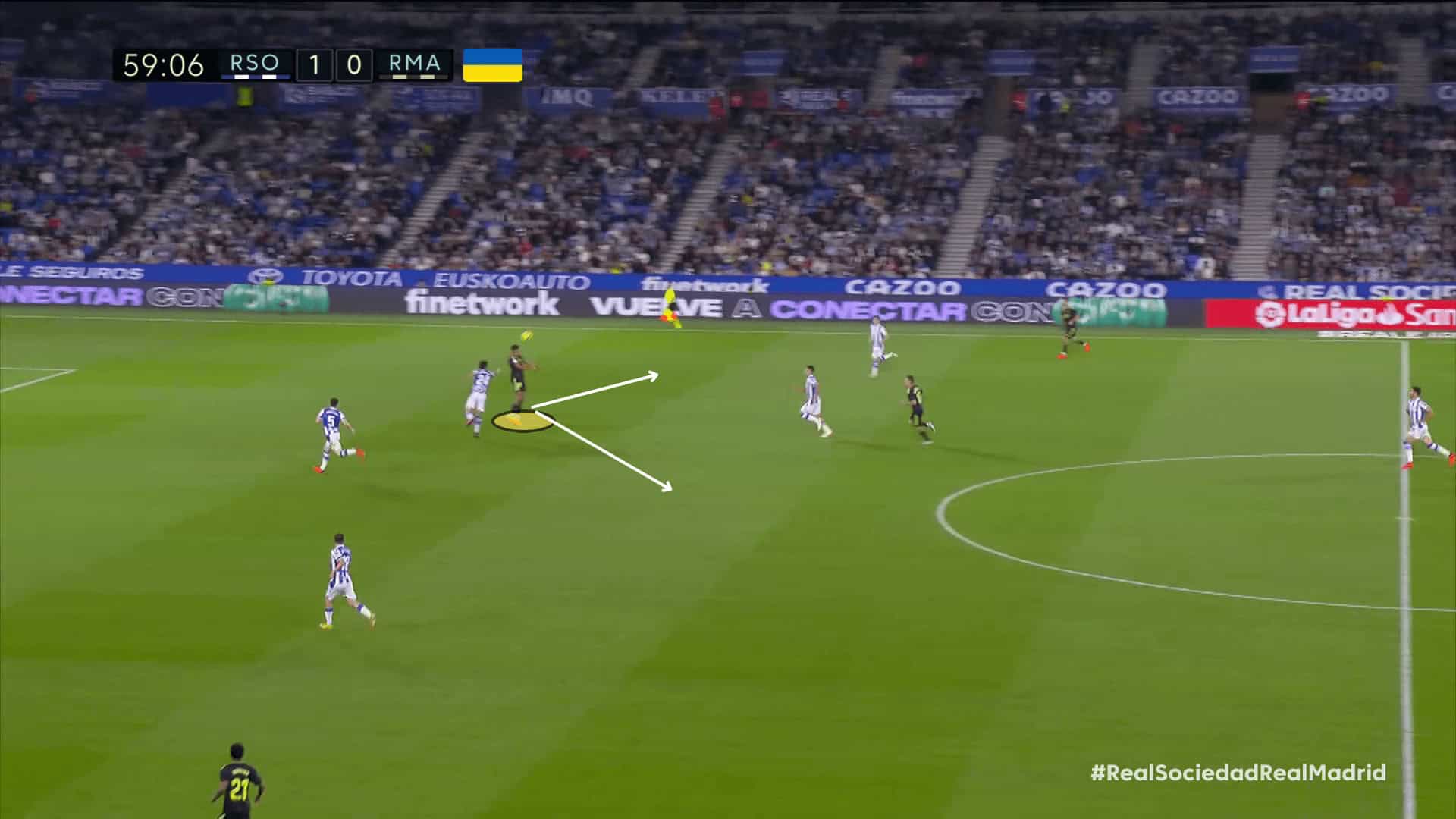
Mac Allister can perform this role incredibly well due to his wonderful technical ability to receive the ball on the half-turn and play simple decisive passes into the opposition’s final third. His received passes per 90 and progressive passes per 90 outline this, often receiving the ball higher up the pitch and finding his teammates in dangerous positions.
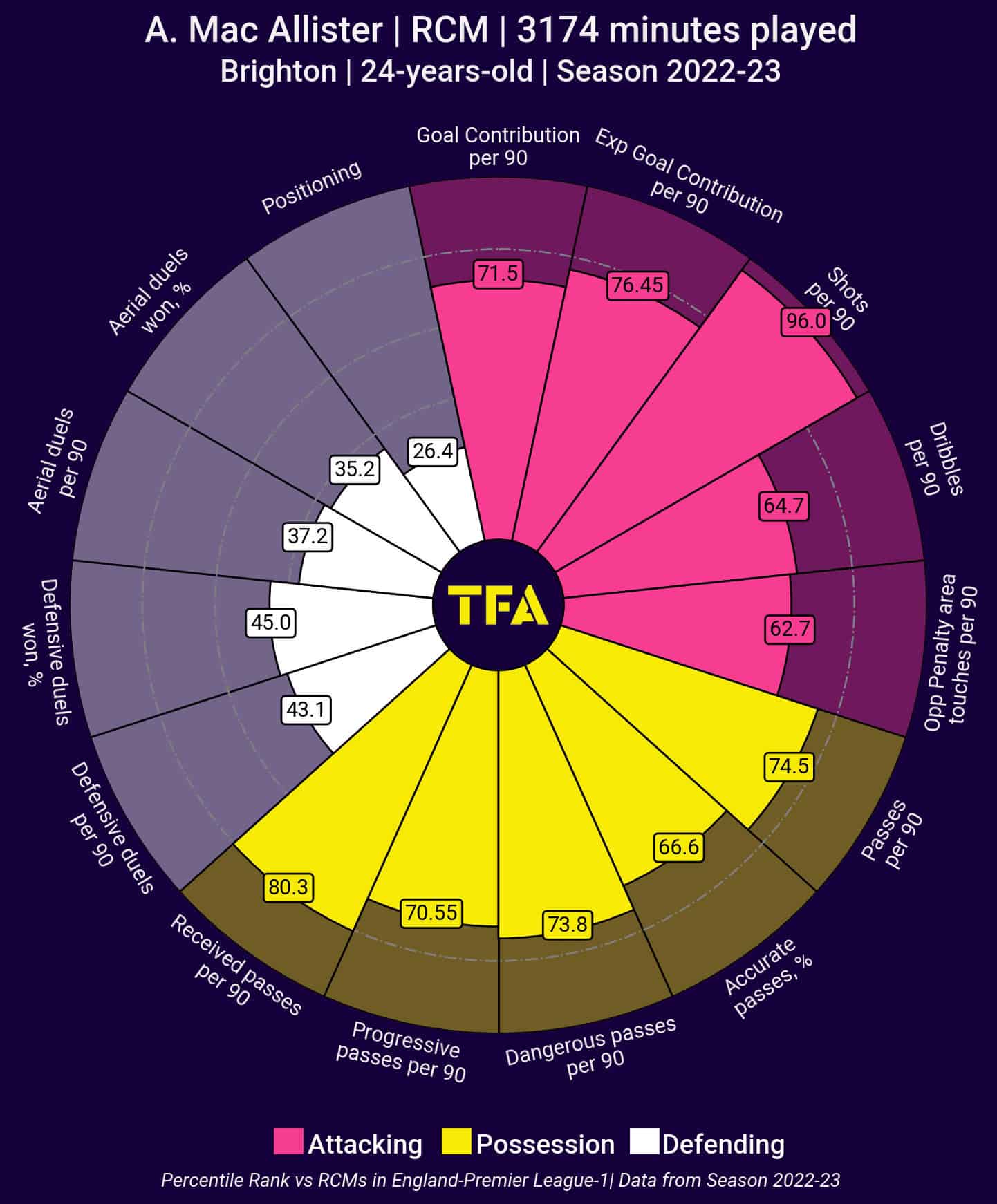
Moreover, Mac Allister has good dribbling and ball-carrying traits. With his low centre of gravity and power, he frequently receives the ball in front of opposing defences and drives at them with intensity and speed, forcing teams to scramble back. At high speeds, he is able to keep good composure and doesn’t rush the pass or attempt to take on players, but looks to progress the ball up the pitch.
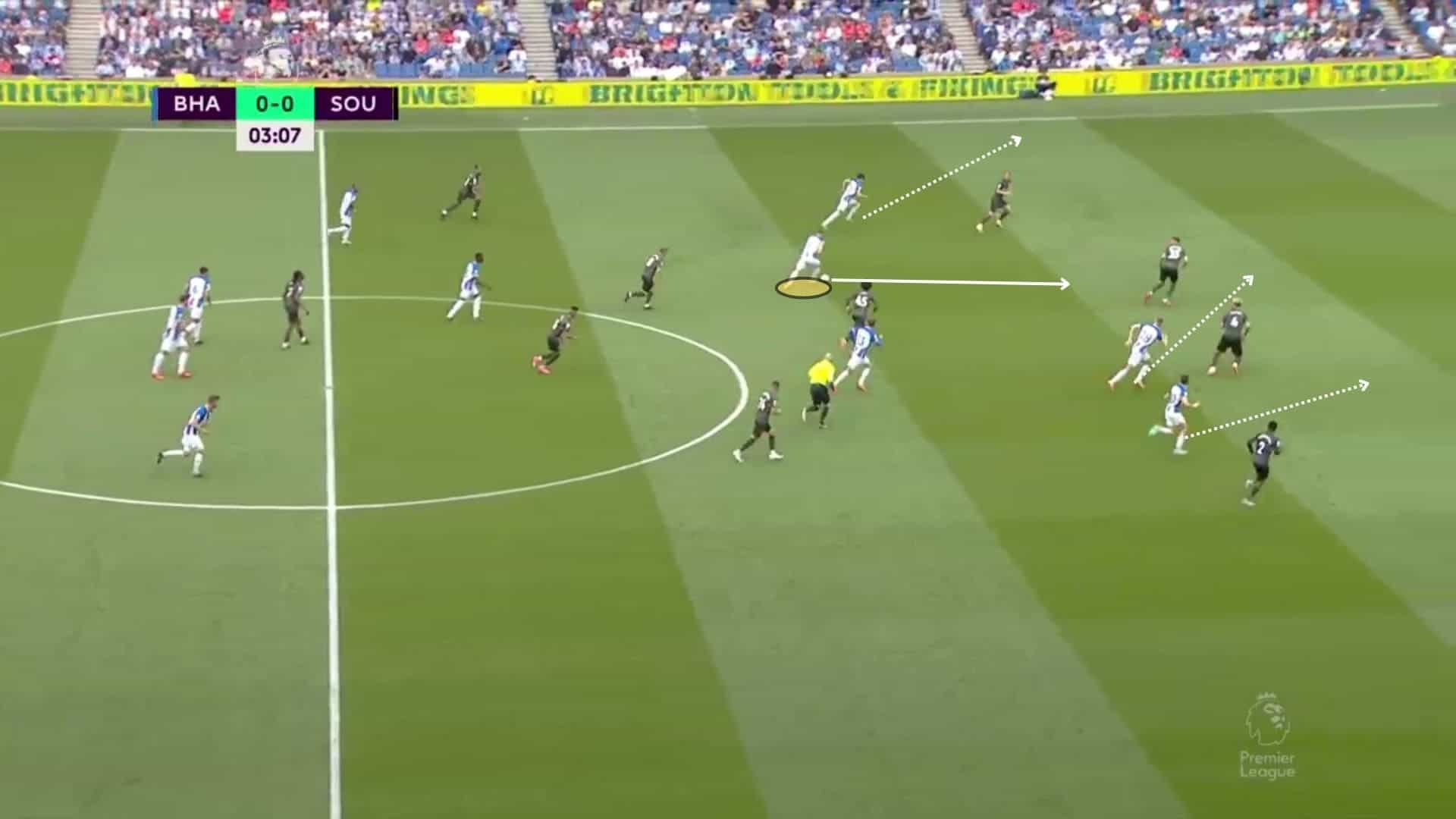
A different profile of the midfielder
What is often overlooked is how simply Mac Allister plays when he has the ball in the final third. Often players that play the attacking midfield role are charged with being the creator, to make the killer pass or dribble past players to create overloads. Mac Allister’s playing style is different in that his focus is on linking up the midfield, wingers and strikers. This is due to his sharp decision-making skills, and knack of playing the simple pass and constantly moving into space to receive again.
This highlights another key quality, Mac Allister is a willing runner and has fantastic off-the-ball movements. Under Lionel Scaloni’s Argentina, he was often deployed on the left side of a midfield three. Mac Allister was incredible when making runs off Messi, whether that was towards his captain as a passing option, or to provide depth to Argentina’s play by making dynamic runs in behind opposition defences.
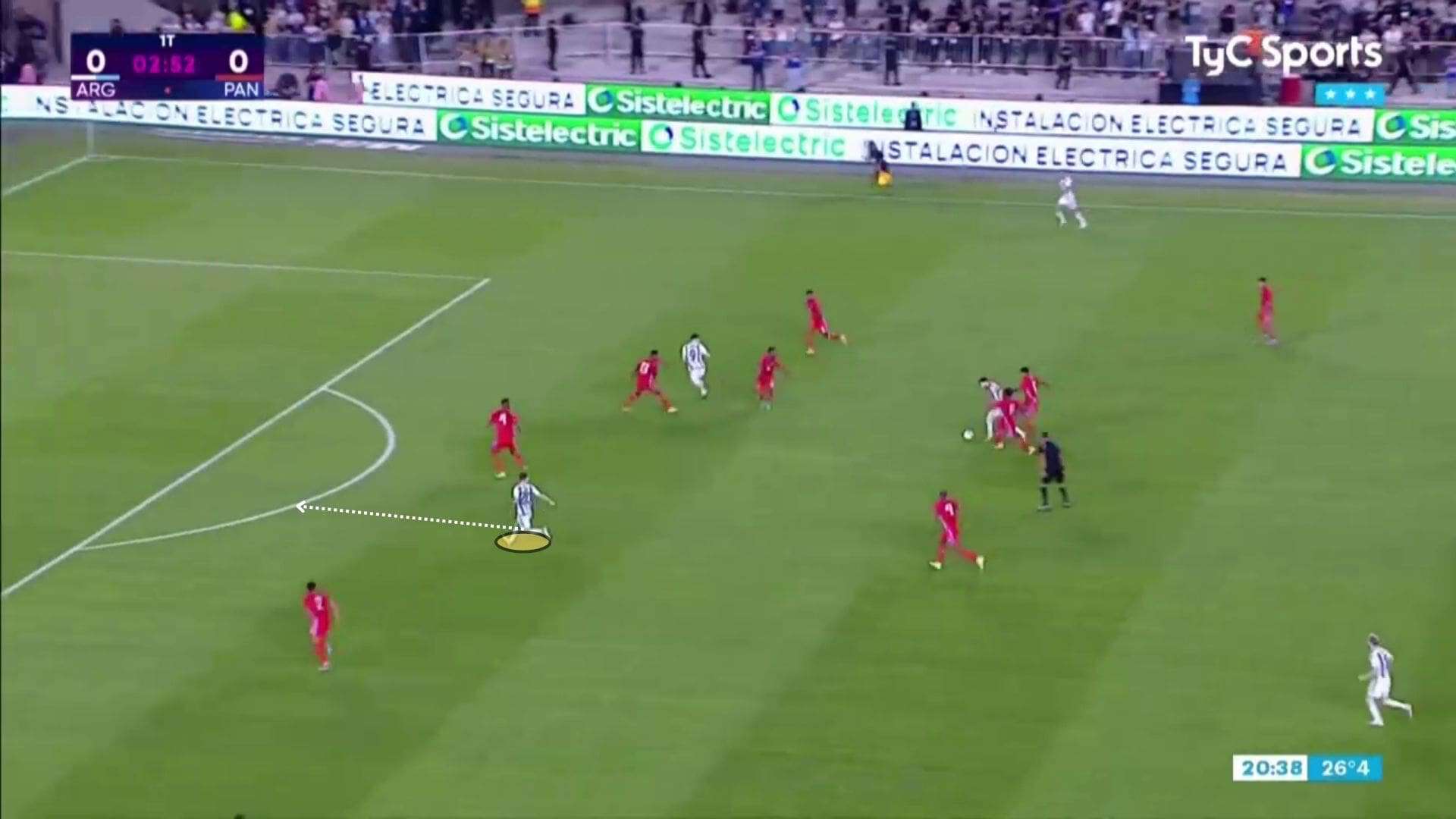
When his team lose the ball, Mac Allister works hard to regain possession. Part of the reason he was such a prominent figure in Scaloni’s side is down to his work rate and willingness to press. Similarly with his club side, during the defensive transition, Mac Allister has an intensity to his running and often harries defenders into making mistakes or winning the ball himself.
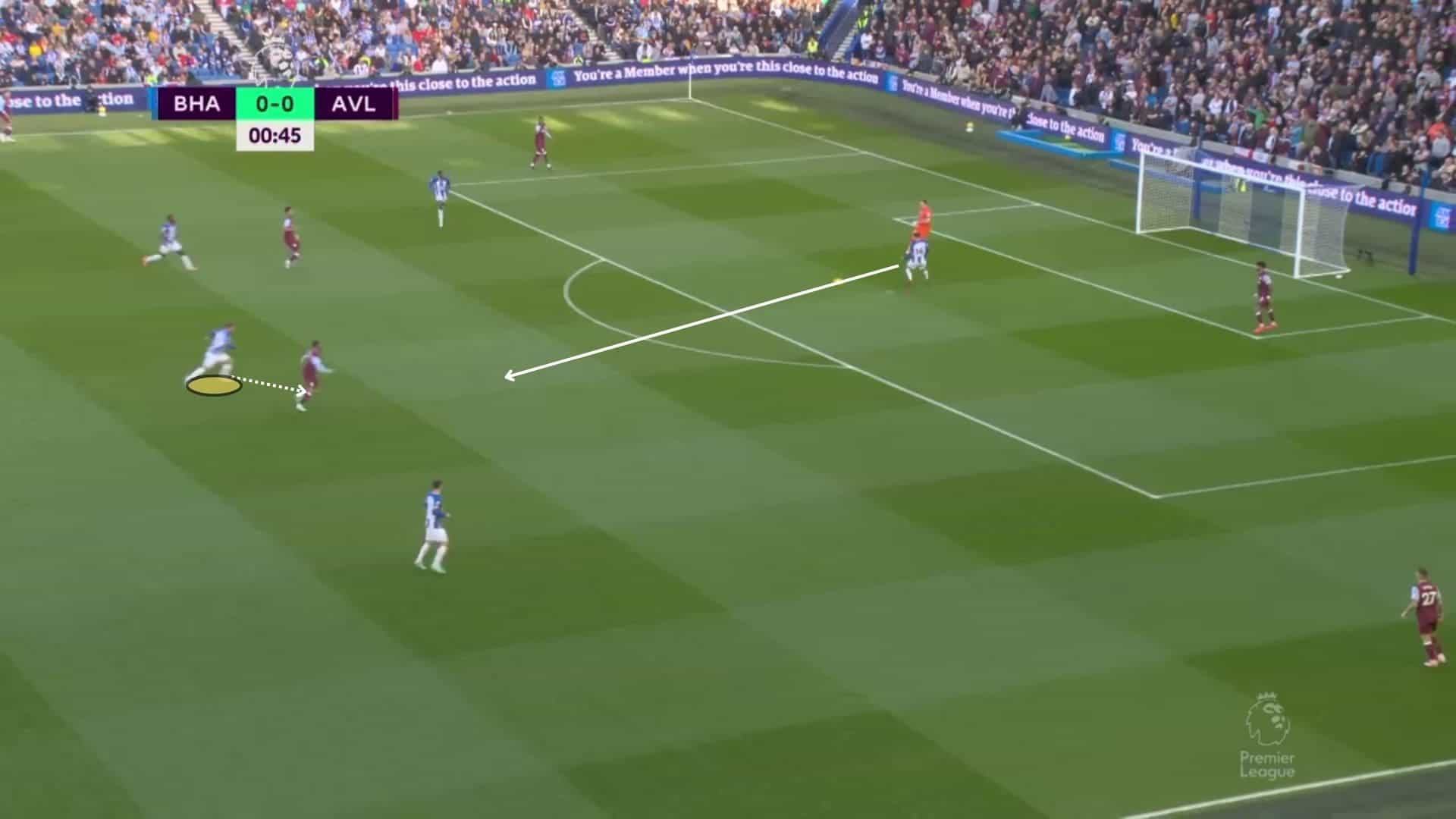
Although Mac Allister often plays an offensive role in midfield, he does struggle to directly create chances for his team. This is likely due to his tendency to retain possession rather than risk a defensive splitting pass. Whether this style of play is instilled by De Zerbi or just an individual characteristic, it is clear that Mac Allister is more of a dynamic, combative midfielder that possesses great technical ability. This is something he can improve on, as he often pops up in fantastic positions on the field in dangerous areas, but doesn’t seem to create as many chances directly as he could.
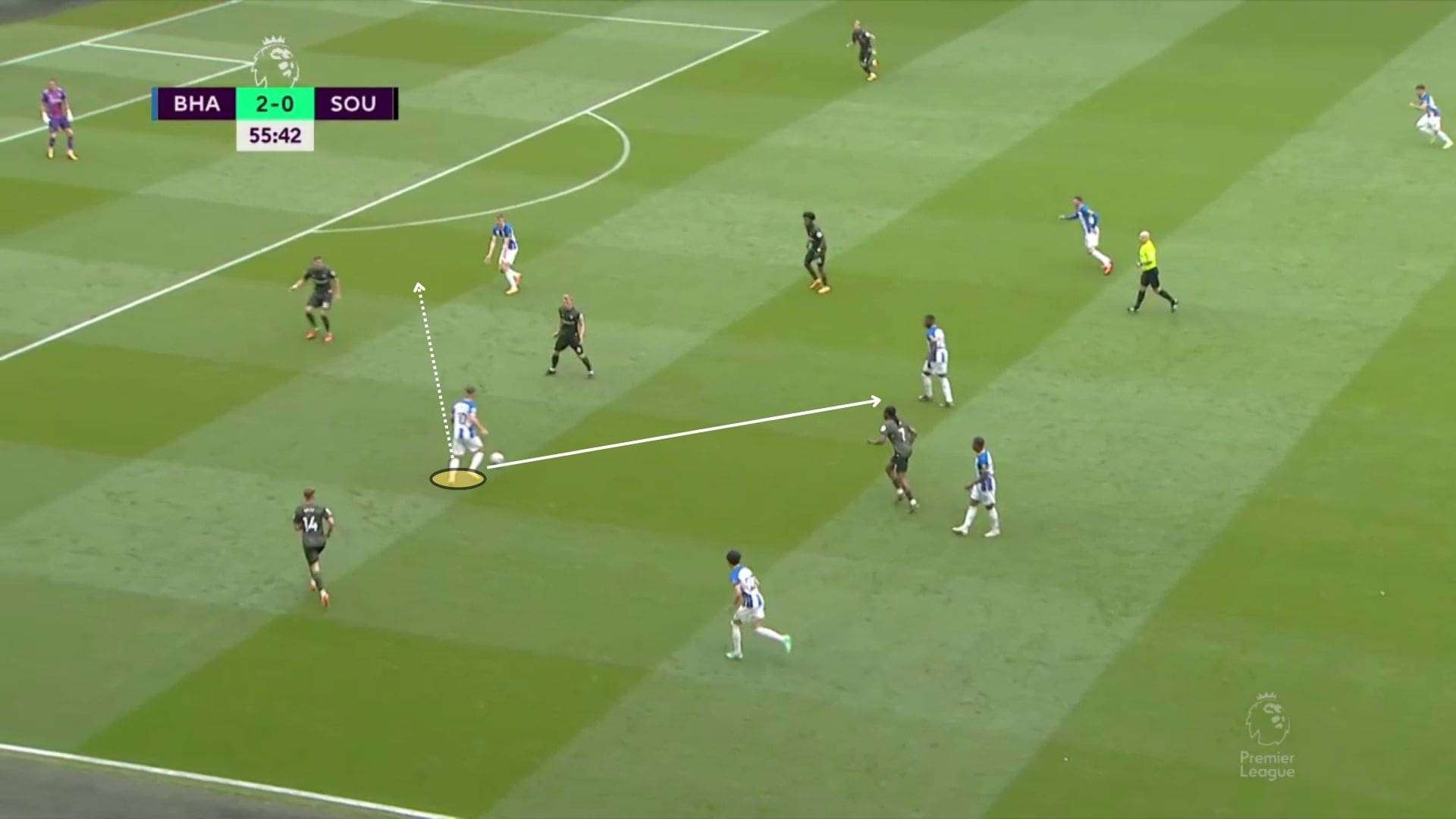
Defensively, there is also more to ask for from Mac Allister. When operating in a midfield two or part of a three, he scores on the lower end in defensive duels in comparison to other players in the Premier League. Though Brighton’s playing style and preference to press high up the pitch to force a mistake should be factored in, if Mac Allister were to operate at the base of a midfield two, there may be times when he could be caught out or bullied against physical sides.
How he fits in at Liverpool
It was an astute purchase by Liverpool to secure the services of Mac Allister early in the summer transfer window. Liverpool is seeing an ageing midfield with the likes of Fabinho, Jordan Henderson, and Thiago Alcântara all in their 30s this year. The arrival of a youthful Mac Allister gives Jürgen Klopp more options in midfield and a certain profile of player that fits perfectly into his football philosophy.
Klopp’s sides are notorious for being intense, fast and direct. In recent years, the Liverpool manager has tried to add a different profile of player since the departure of Georginio Wijnaldum with more technical quality like Thiago, as opposed to his preference for dynamic and willing runners. This was in part to combat teams that began to sit deep against his Liverpool sides to stifle the attacking output of their fast pace wingers and smart deliveries from fullbacks. However, Klopp has struggled this season to find the right balance in his side and Mac Allister may be the one to provide it.
Although Liverpool’s playing philosophy is clear, when looking at how Mac Allister may fit into Klopp’s Liverpool side, it is important to consider the two different tactics that Liverpool has adopted this season.
At the start of the new campaign, Liverpool lined up as they have done for most of Klopp’s time in Merseyside, in a 4-3-3 shape. Focusing on the midfield, Fabinho typically operated at the base with two midfielders on either side that had the licence to cover horizontal and vertical spaces. With Henderson the preferred choice on the right, often to cover for the advances of Trent Alexander-Arnold, Mac Allister would slot into the left side of the three.

With Mac Allister, you have a player that is mobile, good in possession and able to press high up the pitch. He is a different type of player from Thiago who, when fit, is often preferred on the left. Thiago tends to drop deeper alongside Fabinho when his side has the ball, which is great against teams who sit deep, but he lacks the dynamism to press immediately during defensive transitions which Mac Allister will be perfectly suited for.
Moreover, Mac Allister is beginning to add goals to his game, often getting himself into the box when the play is out wide as seen by his goal for Argentina against Poland. This would suit Liverpool perfectly with fullbacks that love to get up the field and swing in dangerous balls from wide areas.
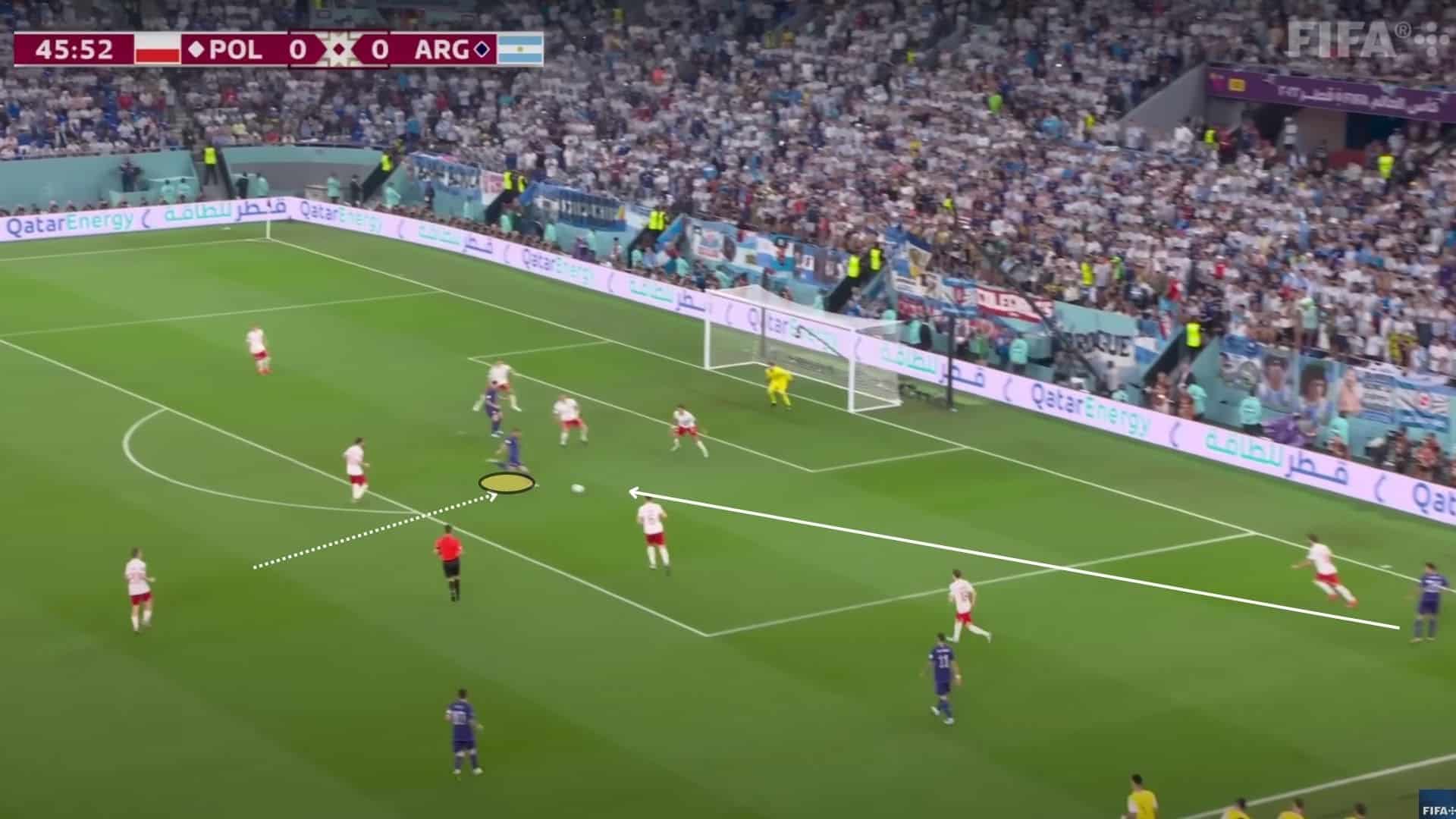
This is a comparable role that Wijnaldum played back when Liverpool won the Champions League just a few seasons ago. With a parallel player profile, it will be likely that Klopp will use Mac Allister in a similar way, high pressing from the front, running into the box to join attacks and dynamic movements across the field.
Towards the end of the season, we saw a change in the playing side for The Reds. Liverpool this season was constantly being counter-attacked by teams who exploited the spaces left behind by Andrew Robertson and Alexander-Arnold. To combat this, Klopp adopted a tactical system similar to that of Arsenal (and Manchester City in the early parts of the season), by pushing one of the fullbacks into midfield to create a midfield overload.
Known as the 3-box-3 or 3-2-5 system, Liverpool push Alexander-Arnold alongside Fabinho and position two attacking midfielders on either side of his striker. Mac Allister would suit this system perfectly, operating as one of the two attacking midfielders, allowing him to be high up the field to receive the ball in the left inside channel.

Curtis Jones has really adapted well to this new shape as one of the attacking midfielders due to his technical quality and pressing intensity and it is likely that Mac Allister would see the same joy. Moreover as mentioned previously, with the ability and willingness to make vertical runs in behind defences, one can see the potential in having Mac Allister playing off Cody Gakpo operating as a false-nine, and Alexander-Arnold threading passes in behind to the Argentine, as he does so often with his new hybrid role in midfield.
Conclusion
Mac Allister is an exciting addition to Liverpool’s midfield, bringing a profile of a player that fits perfectly into Klopp’s high-intensity and direct style of play. Mac Allister’s technical and tactical brilliance, combined with his mobility, work rate, and off-the-ball movements make him a versatile midfielder who can play in various positions and adapt to different tactics.
His ability to retain possession under pressure, find spaces in the opposition’s defence, and play simple but decisive passes into the final third will provide Liverpool with some much-needed stability and dynamism in midfield. His willingness to press and regain possession to stop opposition counters will also help Liverpool in their defensive transitions, which has been an area of surprising weakness for them this season.
Mac Allister’s versatility in midfield means that he can slot into different tactical systems that Liverpool may adopt next season, whether it be in a 4-3-3 or a 3-box-3 shape. However, one thing is for sure is that if Mac Allister can replicate the form he showed last season with Brighton and Argentina, he could become a key player in Liverpool’s quest to reclaim their Premier League title.





Comments